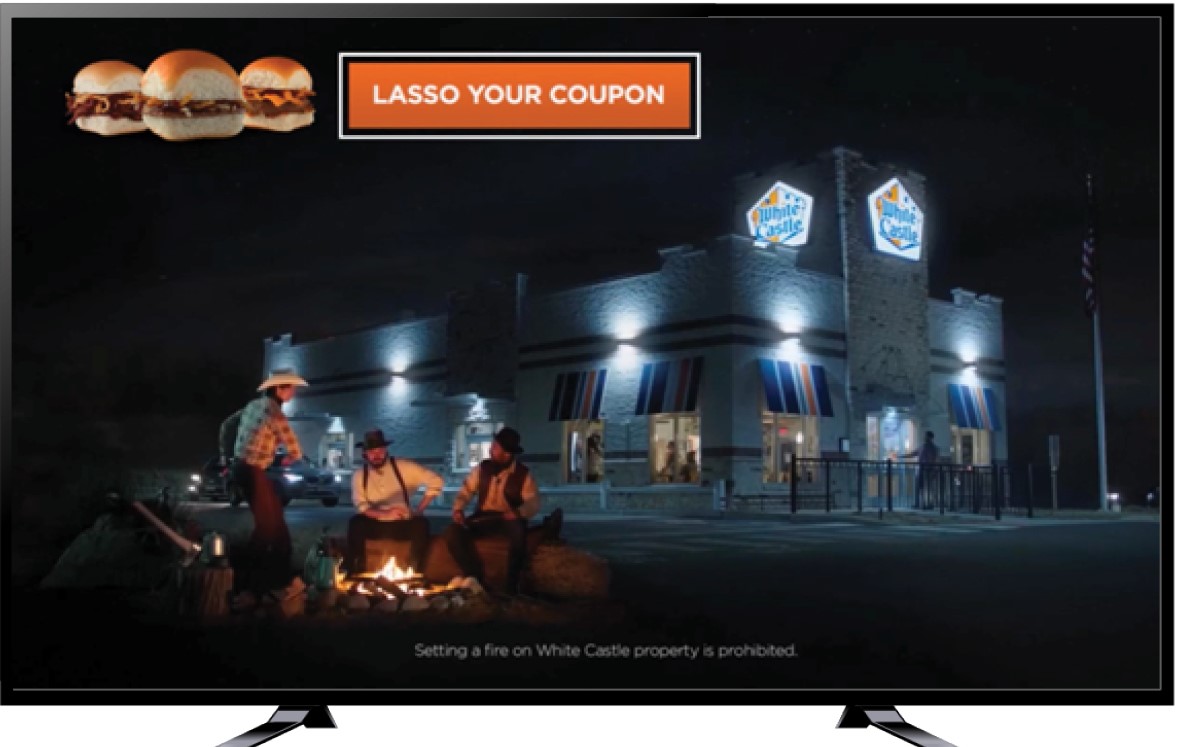Report Shows Ways Brands Can Cash in on CTV

Connected TV could be a boon for advertisers, provided added reach, more interactivity and more of consumers’ time, according to a new report from Innovid and the Association of National Advertisers.

"Our research partnership with the ANA has enabled us to uncover key insights about how to help advertisers approach CTV advertising. The study tracks the effectiveness of a variety of tactics and creative formats as they relate to driving awareness and lead generation,” said Jessica Hogue, general manager of measurement and analytics at Innovid. “New consumer behaviors, such as binge-watching, mean a change in approach for marketers. As this market and technology matures, consumers will start expecting new viewing experiences, such as interactive CTV ads, and will become more likely to engage with them."
According to the report 30% of CTV impression were in primetime and outside of primetime, from 9 a.m. to 3 p.m., engagement rates were three times higher than on linear TV.
“The assumption here is that this behavior is largely due to a particular mindset that consumers have at those times of day. During primetime they may be more apt to be in a lean back, relaxation mode after a long day, as opposed to the morning where they have a full day ahead of them,” the report said. “The platform also may play a role here, particularly those which purposely create viewing environments that encourage binge-watching behavior. “
The engagement rate is also higher Thursday through Sunday, a key period for advertisers looking to get consumers’ attention over the weekend.

Because CTV is a digital platform, advertisers can use it to create more personalized experiences. In an example cited in the report, White Castle used CTV to add a coupon offer to one of its commercials.
“It is essential that advertisers convey exactly what consumers can expect when they engage, and how the brand will reward their attention,” the report said.
Broadcasting & Cable Newsletter
The smarter way to stay on top of broadcasting and cable industry. Sign up below
Too much choice can cause the consumer to disengage with interactive ads. By the time viewers got to the fourth option in an interactive ad, 88% had withdrawn, the report said.
Done right, advertisers could find that an interactive ad gives the more time with consumers than the 15 or 30 seconds they usually buy. With 15 second spots, advertisers got 67 additional seconds, a 447% increase. With 30-second spots, viewers stuck around for 71 additional seconds, a gain of 237%.
The report highlighted a campaign from Bank of America. A pre-roll ad using the theme “What would you like the power to do?” was followed by three in-line videos the viewer could click on. A clear class to action contributed to an above-average engagement rate and 91 incremental seconds earned by the advertiser, the study found.
To be sure, there are challenges to using CTV.
“As with any new marketing channel, it is currently in a sort of “wild wild west” phase, where the largest companies in the world are competing to lead the pack and control where the industry will ultimately go,” the report said.
Planning and buying CTV ads can be more difficult than what many advertisers are used to on traditional TV. Creative also ned to be more focused to ensure the right target audience is being addressed. Frequency capping is also important to prevent a brand’s best consumers from being annoyed by seeing the same ads over and over.
Measurement of CTV and proving its impact are also hurdles, the report said.
The report offers three tips to marketers looking to take advantage of CTV:
- Brands can and should analyze in-unit clicks to discover what creative elements consumers are most interested in, and optimize interactive experiences over time. While CTV is useful for creative and media functions, agencies need to experiment with multiple interactive units and align on specific KPIs to deliver on brand-building and performance.
- Avoid the temptation to overwhelm the consumer with content. Instead, consider pacing your ads with sequencing to ensure relevant messaging breaks through. Choose a 15- or 30-second ad length based on your campaign objective, keeping in mind that 30-second units perform best for viewers to respond
- to the first call to action.
- Receptivity to a call to action may rely on how clearly it conveys the experience, the time of day, and whether or not consumers are in the mindset to engage. In-line videos not only give viewers a choice, but are organically effective in encouraging consumers to spend more time with your brand.
“If brands are able to balance the right mix of education, action, creative, and clear calls to action, users will reward them with attention and engagement. Brands can earn incremental time to increase the likelihood of favorable business outcomes,” the report concludes
Brands that participated in the study include Anheuser-Busch, Arby’s, AT&T Business, Bank of America, Brandman University, General Motors, Johnson & Johnson, Kroger, La-Z-Boy, Mondelez, Taco Bell, TIAA, Visible and White Castle.
“Industry analysts forecast the rapid rise of connected television and advanced TV overall,” said ANA CEO Bob Liodice. “It’s important that ANA members be ready and understand how to best integrate CTV into the media mix while also being aware of the challenges. ANA’s partnership with Innovid on this study was intended to accelerate the learning curve.”
Jon has been business editor of Broadcasting+Cable since 2010. He focuses on revenue-generating activities, including advertising and distribution, as well as executive intrigue and merger and acquisition activity. Just about any story is fair game, if a dollar sign can make its way into the article. Before B+C, Jon covered the industry for TVWeek, Cable World, Electronic Media, Advertising Age and The New York Post. A native New Yorker, Jon is hiding in plain sight in the suburbs of Chicago.

